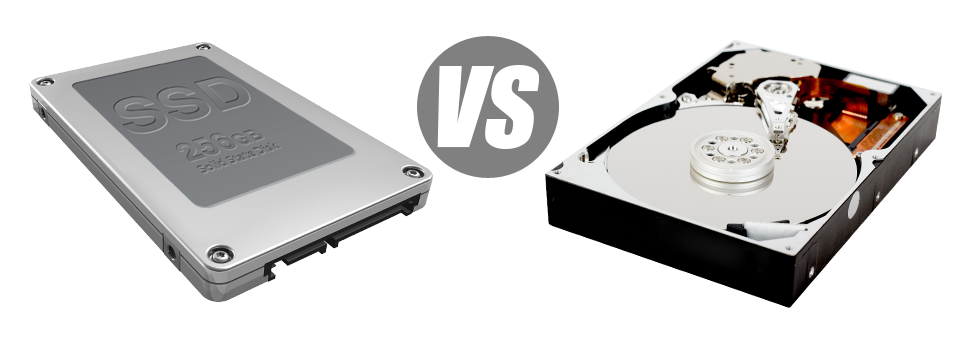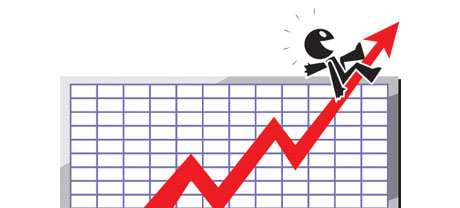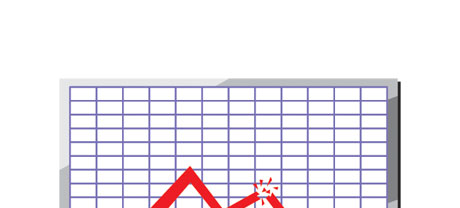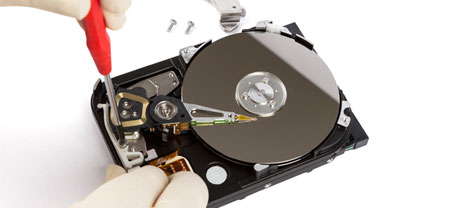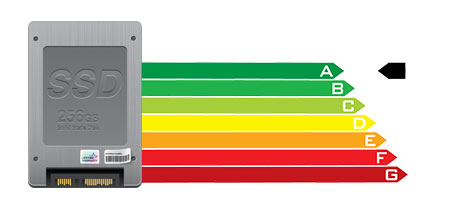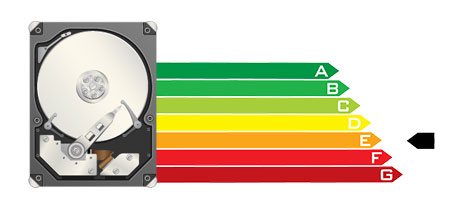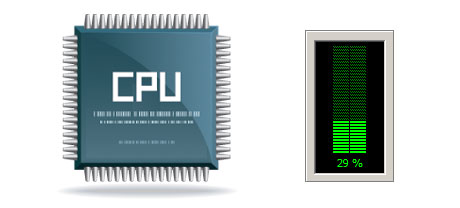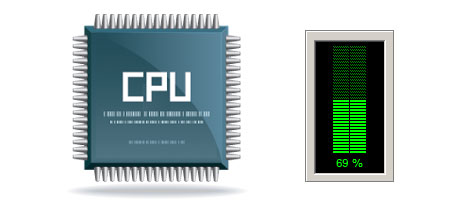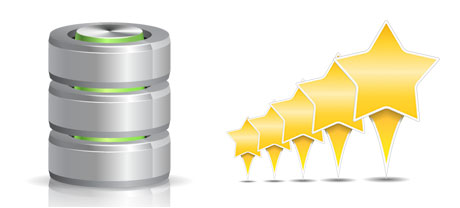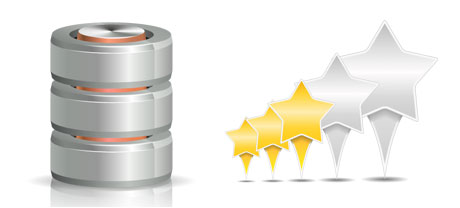For many years there was a single efficient way for you to store information on your personal computer – by using a disk drive (HDD). Nonetheless, this sort of technology is already displaying it’s age – hard drives are actually loud and sluggish; they are power–ravenous and are likely to create a lot of warmth in the course of intensive procedures.
SSD drives, however, are really fast, consume a smaller amount energy and are also far less hot. They provide an exciting new method to file access and data storage and are years ahead of HDDs when it comes to file read/write speed, I/O efficiency and energy efficacy. Observe how HDDs fare against the modern SSD drives.
1. Access Time
SSD drives provide a brand new & impressive method to file storage based on the usage of electronic interfaces in lieu of just about any moving components and revolving disks. This different technology is faster, allowing for a 0.1 millisecond data accessibility time.
HDD drives rely on spinning disks for files storage purposes. Every time a file will be used, you have to wait for the right disk to get to the right place for the laser beam to view the file in question. This leads to an average access rate of 5 to 8 milliseconds.
2. Random I/O Performance
On account of the same radical method which enables for quicker access times, it’s also possible to get pleasure from better I/O effectiveness with SSD drives. They will accomplish double the procedures throughout a given time compared to an HDD drive.
An SSD can deal with at the very least 6000 IO’s per second.
With an HDD drive, the I/O performance progressively enhances the more you apply the drive. However, as soon as it reaches a specific limit, it can’t proceed swifter. And due to the now–old technology, that I/O cap is a lot below what you might receive with a SSD.
HDD are only able to go as far as 400 IO’s per second.
3. Reliability
SSD drives don’t have just about any moving components, meaning that there is a lot less machinery inside them. And the less actually moving components you will discover, the fewer the chances of failing are going to be.
The regular rate of failing of any SSD drive is 0.5%.
For the HDD drive to function, it has to spin a couple of metal disks at a minimum of 7200 rpm, retaining them magnetically stable in mid–air. There is a good deal of moving components, motors, magnets and other tools packed in a small space. Consequently it’s no surprise that the average rate of failure associated with an HDD drive varies somewhere between 2% and 5%.
4. Energy Conservation
SSD drives are much smaller than HDD drives and also they don’t possess just about any moving parts whatsoever. Because of this they don’t generate so much heat and need significantly less electricity to operate and less energy for cooling down reasons.
SSDs consume somewhere between 2 and 5 watts.
HDD drives can be renowned for getting noisy; they can be more likely to overheating and if you have several hard drives inside a hosting server, you will need one more cooling device only for them.
All together, HDDs take in in between 6 and 15 watts.
5. CPU Power
Because of SSD drives’ better I/O functionality, the key server CPU can process data file requests much faster and preserve time for different procedures.
The normal I/O delay for SSD drives is only 1%.
When using an HDD, you must devote additional time watching for the outcomes of your data file query. As a result the CPU will remain idle for additional time, waiting around for the HDD to reply.
The standard I/O wait for HDD drives is approximately 7%.
6.Input/Output Request Times
In real life, SSDs conduct as perfectly as they performed throughout the testing. We competed an entire platform data backup using one of our production machines. All through the backup procedure, the average service time for any I/O demands was under 20 ms.
With the exact same hosting server, however, this time equipped with HDDs, the effects were completely different. The common service time for any I/O query fluctuated somewhere between 400 and 500 ms.
7. Backup Rates
You can feel the real–world benefits of using SSD drives every day. For instance, on a server equipped with SSD drives, a full backup is going to take only 6 hours.
On the other hand, on a hosting server with HDD drives, the same back up normally takes three or four times as long in order to complete. An entire back up of any HDD–equipped web server may take 20 to 24 hours.
Our Linux VPS web hosting plus the routine hosting accounts offer SSD drives automatically. Join our NameDo NameDomains family, to check out the way we may help you improve your website.
Hepsia
- Live Demo
Service guarantees
- All of our Virtual Private Servers provide no installation costs and operate in a secure network offering 99.9% of uptime. Full admin server access warranted.
Compare our prices
- Check out our prices and choose the perfect Virtual Private Server for your active web sites. You’re able to move up to a more feature–rich VPS Web Hosting package with a click of the mouse.
- Compare our hosting plans
Contact Us
- Get in touch with us 24x7x365 by email or by employing the extremely–fast ticketing system. Our techs are prepared to answer any requests within just 60 minutes.
